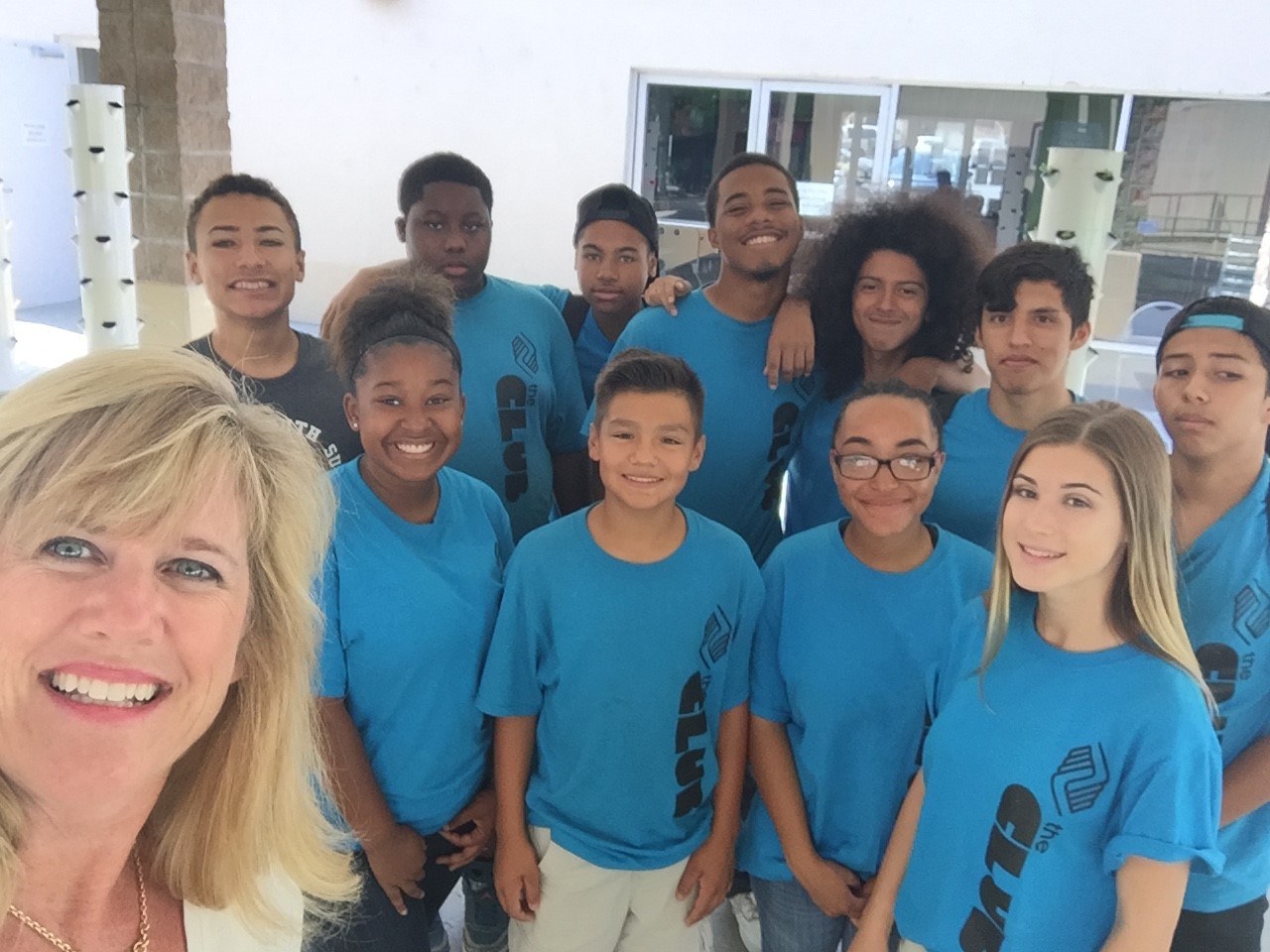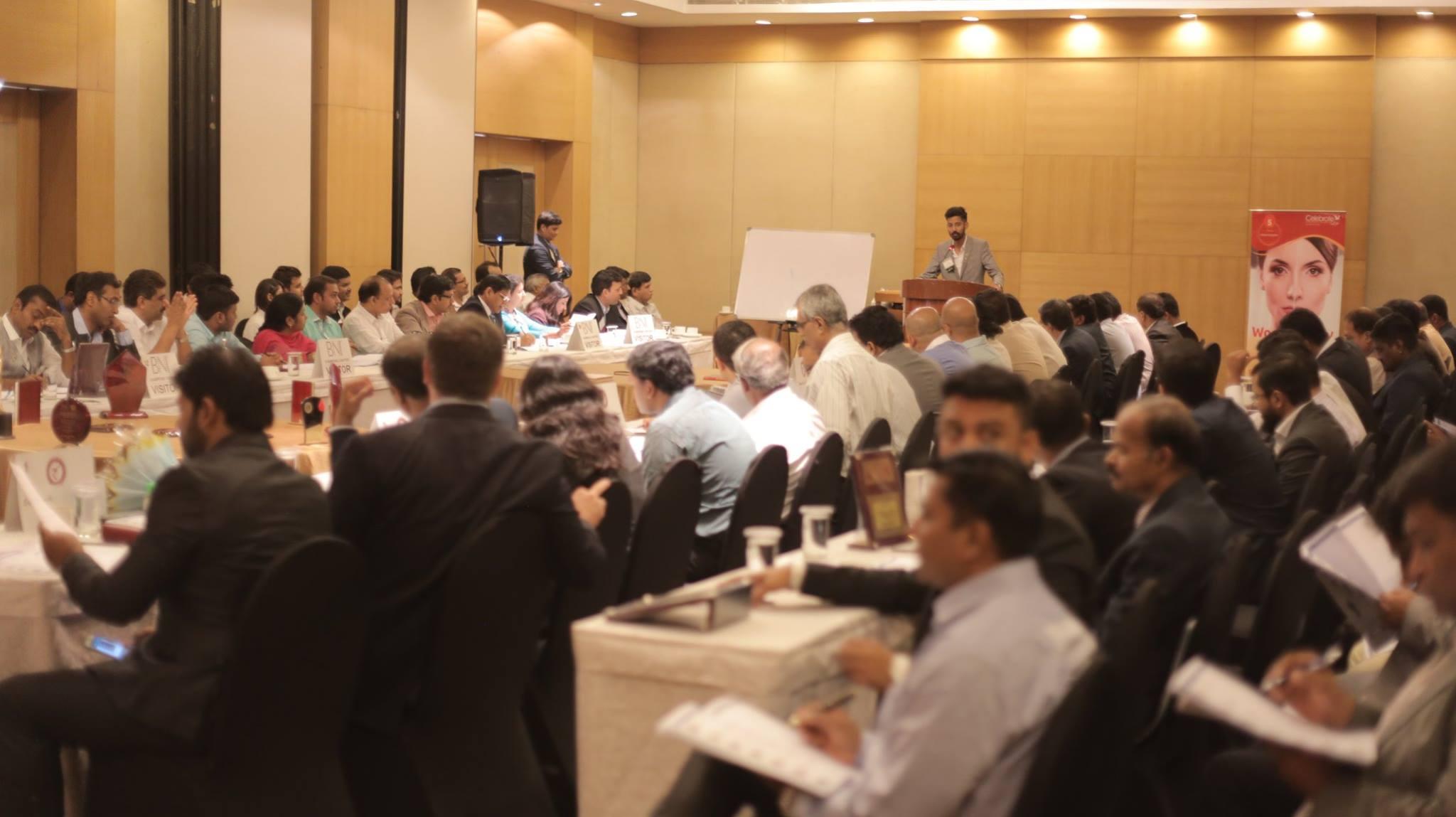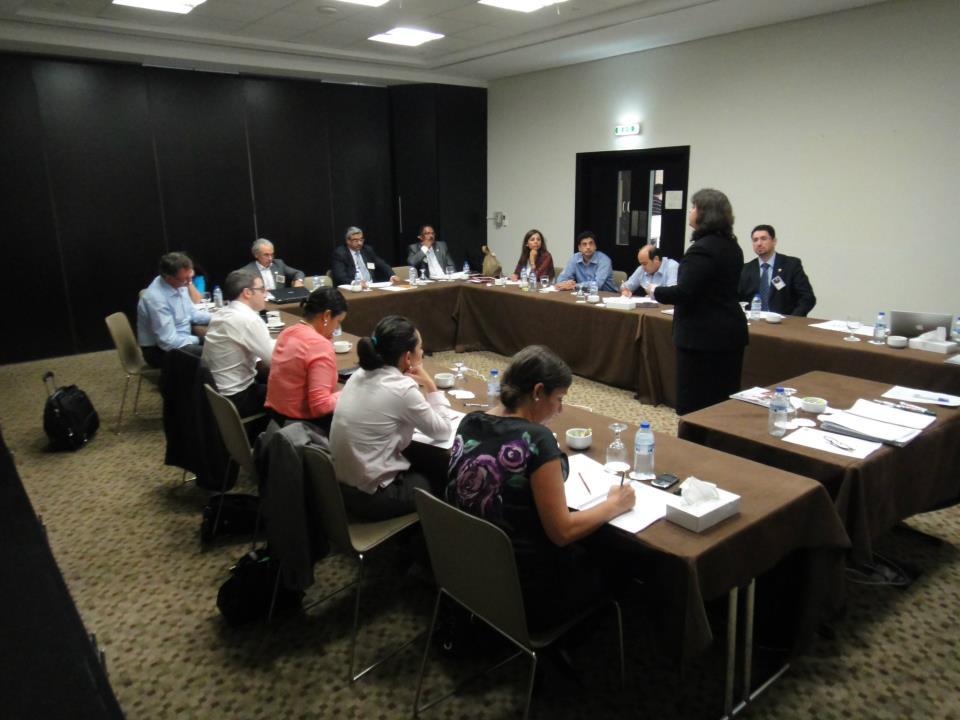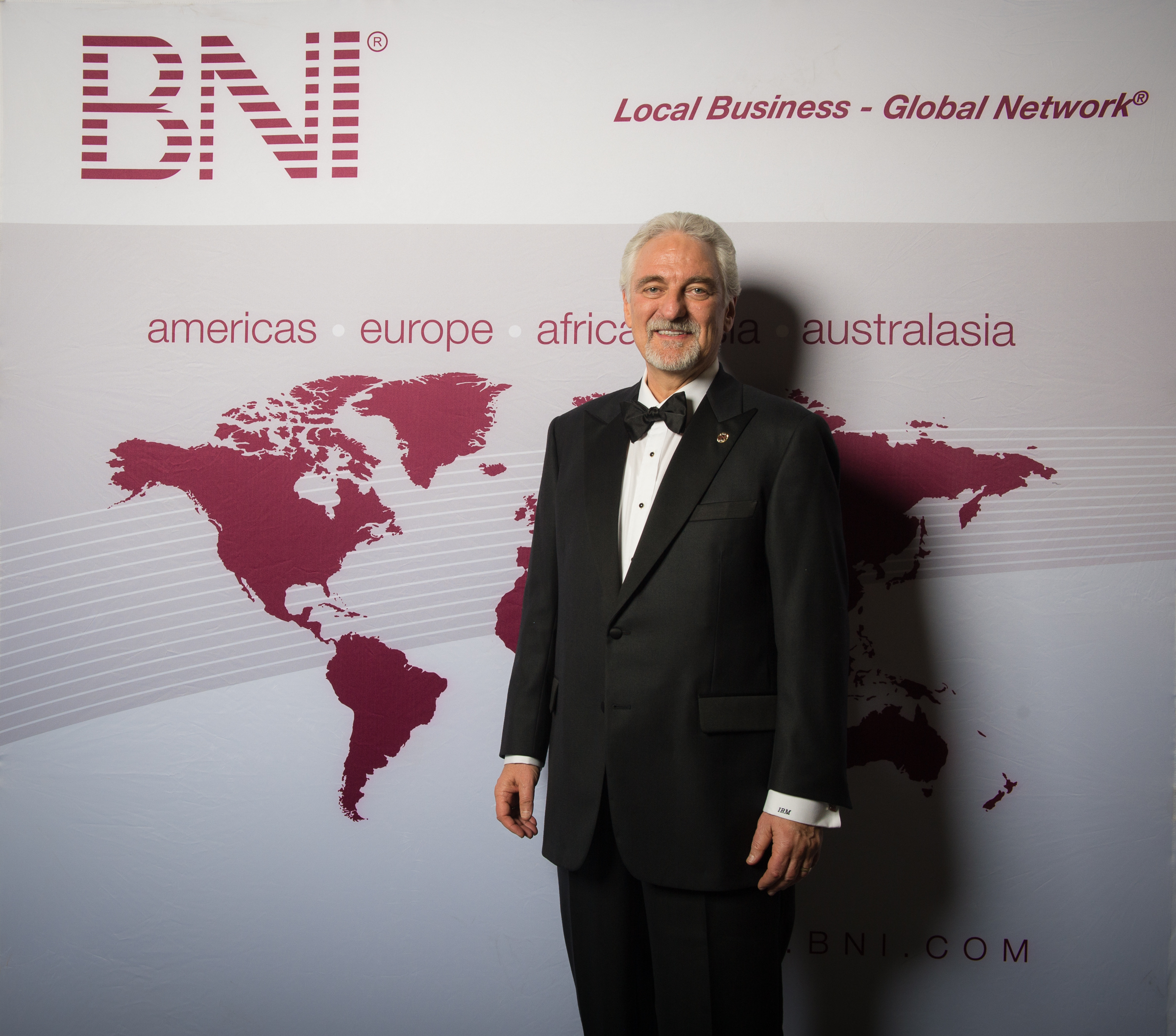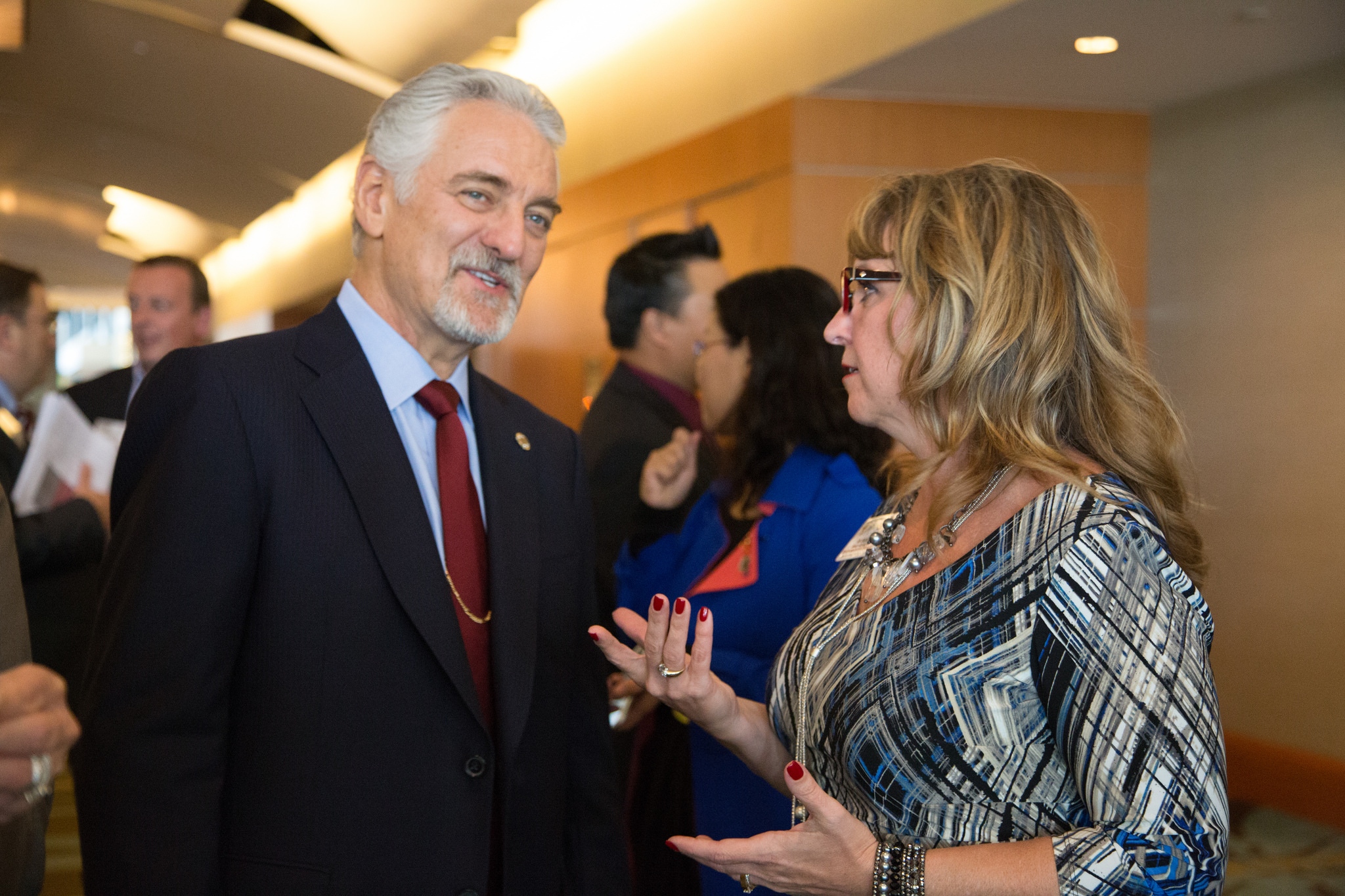In the early 1980s, John Naisbitt wrote in Megatrends about the emerging importance of the networking process in society. Later, Tom Peters wrote in Thriving on Chaos that this “process can be systematized.”
When you stop to think about it, these two statements weren’t made all that longago. Networking and relationship marketing is a fairly new kid on the block. From the mid 80s to the 90s, systems and structures began to emerge that shifted a lot of business owners from a single-minded focus of direct selling to a broader scope which included relationship marketing and networking.
There are several emerging issues and trends surrounding the process of networking that are being created out of the need to find an effective way to develop business for entrepreneurs and sales people in this new century. I will address three of the most prominent trends that I believe will become more important in the coming years.
1. Online AND face-to-face networking will both continue to flourish
I’m a proponent of online networks like Ecademy.com and others. I think they will continue to grow successfully and help many of their members; however, they are not the final answer to business marketing or to networking. They are another great tool for people to connect with others (especially outside their local geographic area).
On my Referrals For Life Blog (http://referrals.ducttapemarketing.com), I recently had someone who said: “I don’t know that it is true anymore that referrals are about relationships.” He went on to basically say that technology is changing the rules and that just participating in a website will be good enough. Well, in one word, I’d have to say…. WRONG!
Referrals are, and will be for the foreseeable future, all about relationships. Whether they are relationships built online or face to face – they will still involve relationships. People refer people they know and trust. They will not regularly refer someone just because they are listed on a website – that’s called advertising, not networking.
Online networking works, but relationships must still be part of the process. Using the internet to exchange ideas, share knowledge and increase your visibility will be imperative in the coming years. Virtual networking is a trend that is really catching on in many circles. Some people involved in face-to-face networking feel threatened, as if online networking is going to replace their tried and true system.
Those who foretell the demise of face-to-face networking fail to note one important thing… the facts. Face-to-face networking groups continue to expand. The growth rate of my own referral networking organization, BNI (www.bni.com), bears this out. Since the internet first became popular in the mid90s, BNI has experienced a 1,186% growth rate. That is NOT a typo!
The more “high tech” business owners become, the more and more they really need to foster those “high touch” opportunities that face-to-face networking affords.
Virtual networking can be an effective way to increase your business and the internet can certainly be a great tool for staying in touch with those with whom you are currently networking, but I don’t think it will replace face-to-face networking in our lifetime.
Technology flattens the communication hierarchy and provides opportunities to improve your networking efforts – not replace them. I believe people who understand this will begin to effectively utilize technology without replacing relationships to take their marketing to new levels in the years to come.
2. Networking & Social Capital Education
Don’t hold your breath for the colleges and universities of the world to begin teaching networking and social capital. At this point there are only two colleges in the world that offer regular, core-curriculum college courses on networking and social capital. One is at Davis College in Ohio taught by Debby Peters and the other is at the University of Michigan taught by Wayne Baker. That’s it – two colleges!
The college and university systems are behemoths of bureaucracy that are so far behind the curve of small business development that I’m beginning to despair that they will ever catch on. Most professors have never had a real job in the business world and are completely out of touch with what is happening in real life, especially in small business.
I predict that the current trend in networking and social capital education will emerge in the form of private professional training organizations in much the same way that private industry has controlled the educational market on “sales techniques” (another area that colleges fail miserably). Companies like the Referral Institute (www.referralinstitute.com) that are offering a series of trainings specific to the techniques and systems of networking, social capital, and referral marketing are starting to pop up with a very refined and polished slate of seminars and trainings for those business owners who want to learn how to harness the power of word-of-mouth marketing.
3. Small companies will continue to have the edge over big companies relating to business networking
For the most part, big companies are clueless about building sales through the networking process. They continue to teach sales people traditional methodologies while relying heavily on advertising to create buzz. Mind you, there’s nothing inherently wrong with these strategies. The problem is – big companies don’t effectively add referral marketing into the process.
When it comes to developing social capital and the networking process, small business is king. Big business is slow to move out of the mindset of splashy ad campaigns, big dollars spent on traditional marketing, and the same-old, same-old.
If big corporations ever get it, watch out. But so far, they have been slow to act. Even programs like the USA’s “Do Not Call” registry, have not moved big companies into understanding how to train their people to network effectively… yet.
If big business does ever get it, however, they are likely to run over the little guys. They will learn how to develop social capital and will teach their people how to do true relationship marketing. Most big business is just a notch or two above the universities in the “you can’t tell me anything new” department! For now, there are only a few forward thinking big companies who consistently apply these concepts (and I mean very few). For the rest, it is a trend to watch for in the distant, distant future.
When The World’s Best Known Marketing Secret came out in 1994 it was one of the few books in the bookstores that talked about networking. Now there are dozens if not hundreds. An entire industry has been born over the last decade that is now being codified and refined. Over the next several years, you will see more and more about the importance of networking to build your business. It is developing into a science as well as a way of life.
These trends are not just an American phenomenon but an international one. The introduction of “International Networking Week” (www.InternationalNetworkingWeek.com) is a prime example of how this approach to doing business is growing worldwide.
Small business development through the process of building social capital will continue to grow in the global market we are currently experiencing. No one has a crystal ball, but based on what I’m seeing and what I’ve seen in the past, I believe these are some of the key things to look for relating to networking and referral marketing over the next few years.
Called the “father of modern networking” by CNN, Dr. Ivan Misner is a New York Times bestselling author. He is the Founder and Chief Visionary Officer of BNI, the world’s largest business networking organization. His new book, Avoiding the Networking Disconnect can be viewed at Amazon.com.


